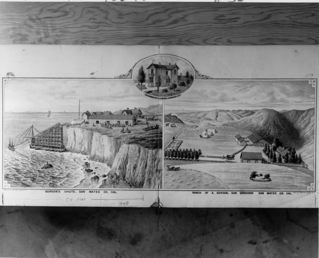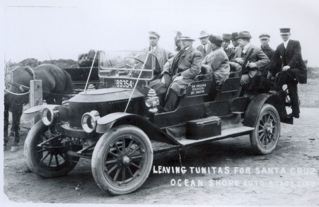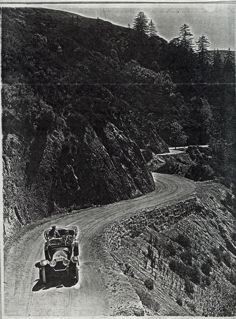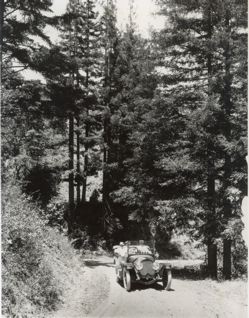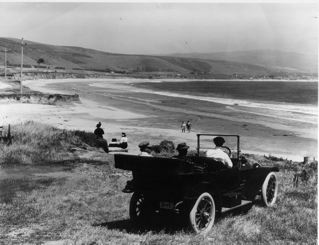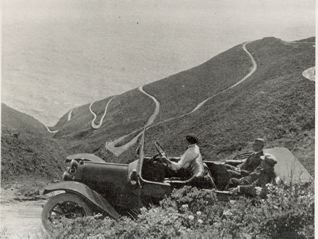From Alexander Gordon’s obit, Feb. 1912, Times-Gazette
“The deceased was twice a member of the State Legislature as assemblyman–in 1861 from Marin county and during the 1880s in this county [San Mateo]. He served the county as a supervisor from the coastside, and while a resident of this city was for several years a city councilman. His last years were quietly spent in his home on Phelps street at which his wife passed away in 1909.
“During the stirring Vigilante days the deceased was in San Francisco and saw many of the exciting events that were enacted at that time. He was present at the funeral of Senator Broderick who was shot by Judge Terry in a duel in 1856 and stood closer to Colonel Baker when he delivered his grand eulogy over the dead statesman. Mr. Gordon recalled vividly those memorable happenings and his stories of the old days, graphically told, were intensely interesting………”
….End….
[Note: Gordon’s Chute– an elaborate engineering feat that may have some evidence of its short life on one of the Coastside outstanding landmark cliffs– it is said the intricately woven structure was blown away in a wild storm with heavy winds. Whenever we drive north from San Gregorio along Hwy 1, and that perfect example of nature comes into view, I am, frankly, in awe. And with familiarity, the feeling intensifies.
The sculptress Sybil Easterday and her family lived at lonely Tunitas Creek with views of whatever was left of Gordon’s Chute in the 1890s into the 1900s. About 1916 Sybil married Louis Paulsen, who was related to the J.F. Wienke family, early hotel pioneers at Moss Beach, north of Half Moon Bay.
The Wienkes were anxious that the Ocean Shore Railroad build its iron road along the San Mateo County Coastside–with a train station near the hotel, of course. Louis Paulsen probably rode the train from San Francisco to Moss Beach (where the owners organized illegal cockfights) and then on to Tunitas Creek where he was invited to a dinner party hosted by Sybil. As an artist, Sybil loved to design her own menu place cards.
What was called “Long Bridge” crossed the creek and Sybil’s home stood near the bridge.
Tunitas Creek became the end-of-the-line for the soon-to-be-bankrupt railroad, an unpopulated, moody, rural landscape with a few buildings that belonged to the Ocean Shore company, as well as the saloon that Louis and Sybil operated. }


